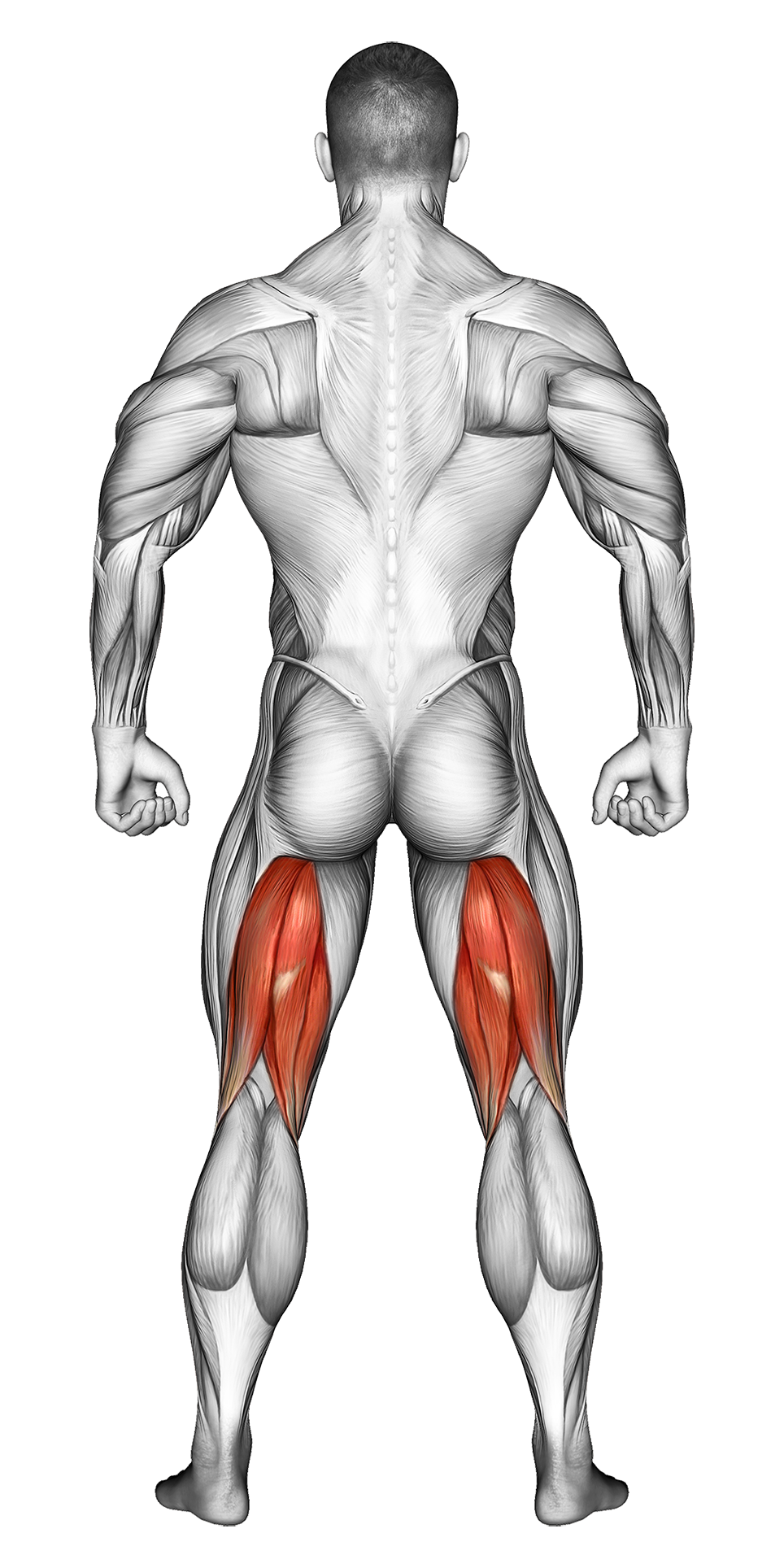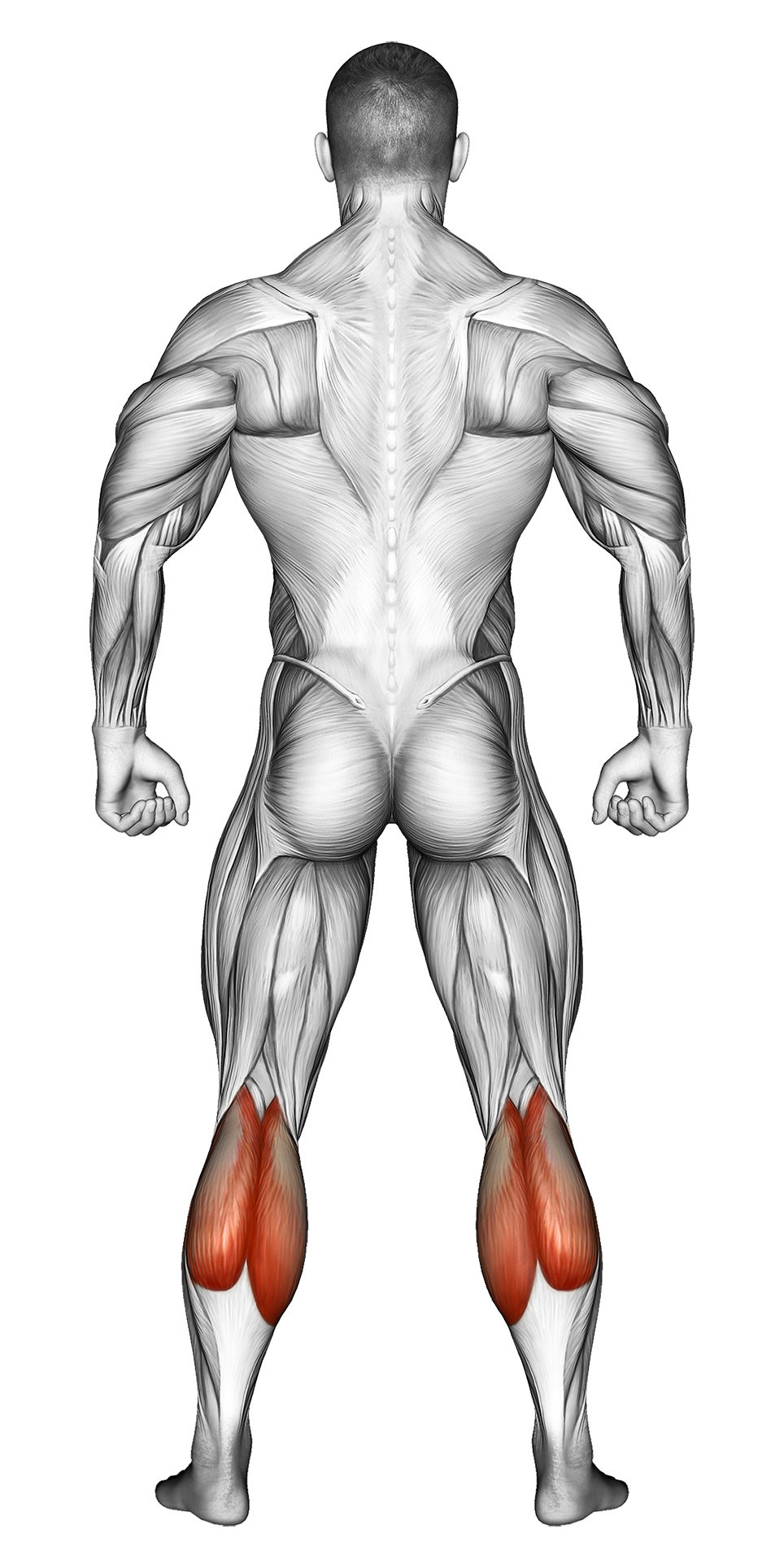Leg Curl: Video Tutorial & Exercise Guide

Written By: Ether Brown
Updated: Oct 13, 2024
| Workout | Leg Curl |
| Primary Muscle Group | Hamstrings |
| Secondary Muscle Group | Calves |
| Equipment Required | Leg Curl Machine |
| Force Type | Pull |
| Mechanics | Isolation |
| Exercise Type | Strength |
| Difficulty | Intermediate |
Leg Curl: Video Tutorial & Exercise Guide
Secondary Muscles Group
Leg Curls: Step-by-Step Guide
- Step 1: Adjust the leg curl machine to fit your height. Sit down and position your legs so that the padded lever is just above your ankles. Ensure your thighs are flat against the seat.
- Step 2: Grip the handles on the side of the machine or the seat to stabilize your upper body.
- Step 3: Engage your hamstrings and slowly curl your legs up towards your glutes, keeping your back pressed against the pad.
- Step 4: Pause at the top of the movement, squeezing your hamstrings for maximum contraction.
- Step 5: Slowly lower your legs back down, fully extending them to the starting position while maintaining control.
- Step 6: Repeat for the desired number of reps, keeping the movement smooth and controlled.
Leg Curl: Overview
The Leg Curl, also known as a hamstring curl, is a machine-based exercise that targets the hamstrings and glutes. This isolation movement focuses on strengthening the muscles at the back of the legs, helping to improve lower body power, balance, and injury prevention, especially in sports that involve running and jumping.
Leg Curls: Benefits
Leg Curls are excellent for building hamstring strength, which is crucial for overall lower body development. Strong hamstrings help support the knee joint, improve your performance in squats and deadlifts, and enhance athletic movements like sprinting. Additionally, they can help reduce the risk of hamstring injuries, especially for athletes.
Leg Curl: Pro Tips & Advanced Techniques
To maximize your Leg Curls, avoid rushing through the reps. Focus on slow, controlled movements to ensure your hamstrings are fully engaged. Try to hold the contraction at the top for a second or two before lowering the weight. If you want to increase difficulty, you can use single-leg curls to work each leg individually and correct any imbalances.
Leg Curls: Progression Plan
Beginner
Intermediate
Advanced
Leg Curl: Frequently Asked Questions (FAQs)
What muscles do Leg Curls target?
+Leg Curls primarily target the hamstrings but also engage the glutes and calves to a lesser degree.
Are Leg Curls good for strengthening the knees?
+Yes, Leg Curls can help strengthen the hamstrings, which support the knee joint, improving stability and reducing the risk of knee injuries.
Can I do Leg Curls if I have lower back pain?
+Yes, since Leg Curls isolate the hamstrings, they put minimal stress on the lower back. However, always consult a professional if you're dealing with chronic pain.
How often should I include Leg Curls in my routine?
+You can do Leg Curls 1-2 times a week as part of your leg or posterior chain workout routine for balanced hamstring development.
What common mistakes should I avoid during Leg Curls?
+Avoid using momentum to lift the weight. Keep your back flat against the pad and focus on engaging your hamstrings throughout the movement.
Share
Don’t Wish for It, Work for It – Join the FlexXP Newsletter Today!
Thank you for signing up for the FlexXP Newsletter!
This site is protected and the Google Privacy Policy and Terms of Service apply.

